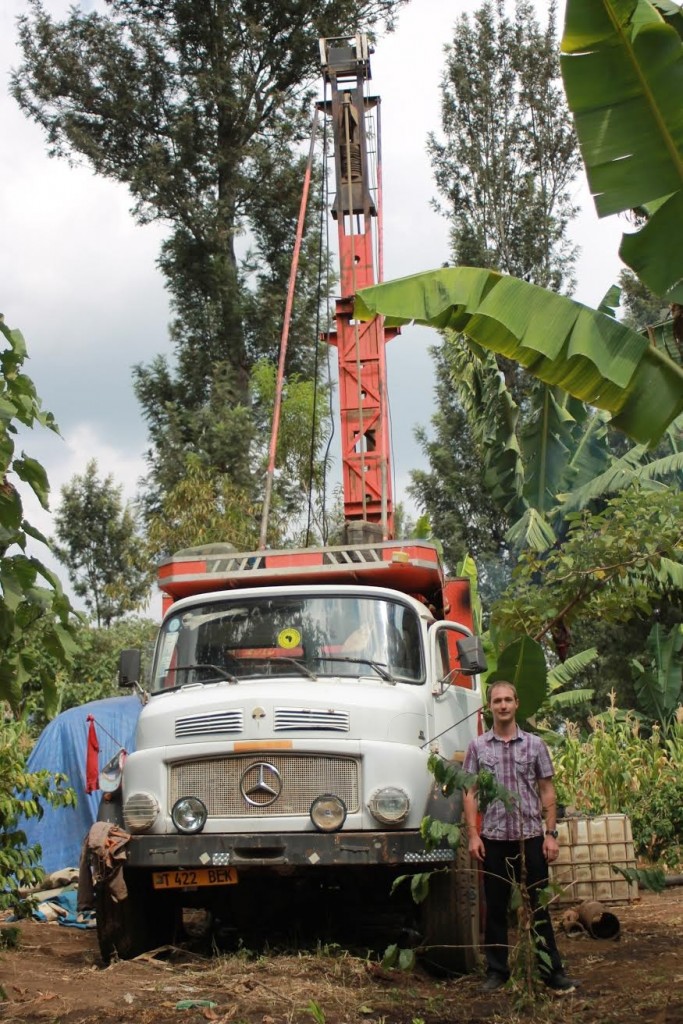Two drinking water projects with the latest technology has since 2012 increased hygiene for approximately 700 schoolchildren, and has remedied acute water shortages for about 10,000 residents in Olosiva. Now a third drinking water project has just been launched for NLO through Need To Care and again sponsored by Grundfos with 0.5 million DKK.
Previously, residents of the village had to walk many hours to the river, only to get water of poor quality. This was reality the first time I visited the village and the school.
The situation is completely different now. Over two years, the established solar water supplies ensured clean drinking water to the villagers. Since then, this establishment has pumped about 45 million liters of clean drinking water up from the 120 m deep rocky underground, for the benefit of local people in Olosiva.
On the New Life Outreach schools, which is now extended to be both an elementary school and a high school, with nearly 700 students, the difference is clearly seen in many different areas.
The newly established water project at the school and orphanage, has improved the sanitary conditions for students. There have been installed sinks, showers and toilets with flush at the school, which has resulted in a huge drop in sickness among the sturdents at the school.
In addition, the municipal school located further down the hill, has been connected to the water network, Thanks to the double installation of two solar Grundfos SQFlex pumps in the same boring, there are still plenty of water.
Since 2012, there have been no been of water, this despite days with little sun (in the rainy season) to pump water up from the 120 meter deep underground.
The system works as intended and gives pure and tasty drinking water for all daily needs.
The need for drinking water in Olosiva is shown to be greater than expected, while the well in the village had a lower outcome than first expected.
The same major disease decline seen at the school, have not fully occurred in all families in the village. Because the water supply in Olosiva cannot cover the need for drinking water, the village residents still supplement their drinking water with water from the well with the impure water.
Therefore, an extension of the project in the form of a new drilling initiated, which can complete the already proven effect to waterborne disease, the development of the village, and the economic and learning-related growth. The many hours previously spent on fetching water can now be spend working, going to school, doing homework, etc.
The water supply is again a 100% sustainable, multiredundant solution (double pump in the same hole) with the same water committee andlocal ownership.
The drilling rig is in place, and will over the next four weeks drill a hole about 8 inches 140 m. down through the rocky underground to reach down to the drinking water.
In the service of clean drinking water to the world,
Benjamin Filskov




